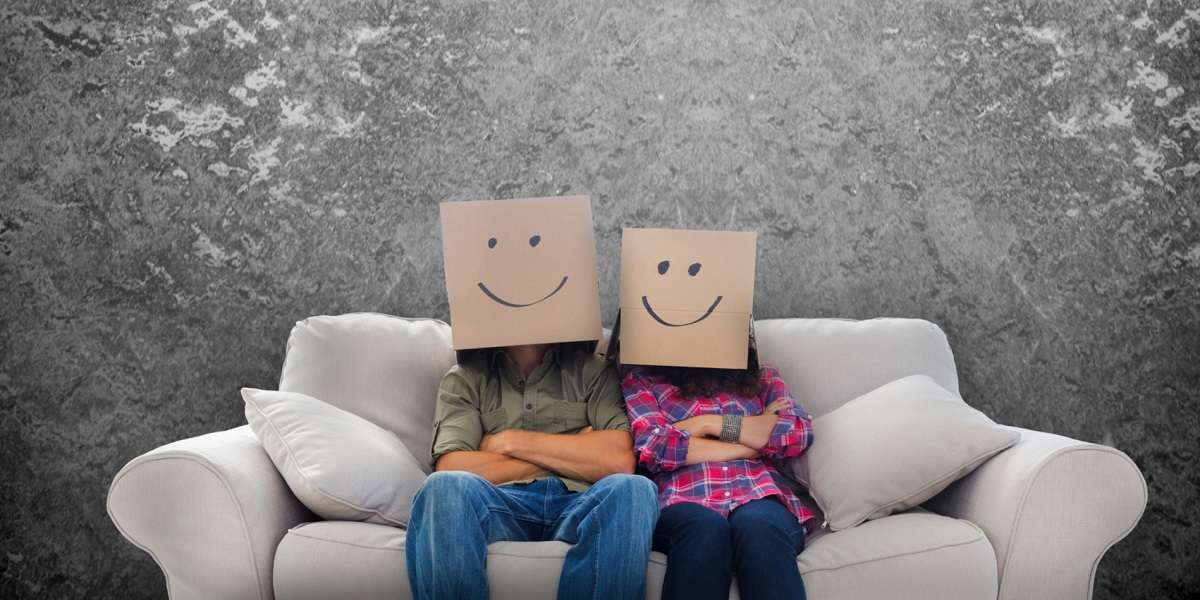In A Nutshell
We all know what 🙂 means, but according to research, we do more than recognize it—our brains have been wired to react to it in the same way we’d react if we really saw someone standing in front of us and smiling. Other research has suggested that it’s not a coincidence and that use of emoticons has become such an ingrained part of our online culture that the use of the faces are as important as the use of the words themselves.
The Whole Bushel
We’re sure you’ve heard the joke that pretty soon we’re going to use so many emoticons that we’ll suddenly find we’ve reverted back to hieroglyphics. According to scientific evidence, we might be on our way there already.
Everyone knows what symbols like 🙂 and 🙁 are supposed to mean, but research from Flinders University in Adelaide, Australia, suggests that we more than just understand them—we react to them in the same way we react to real, human faces. For as long as we’ve been social creatures, we’ve relied on our ability to interpret human expressions and faces to survive in a social setting. We’re tuned in to faces without even knowing that we’re thinking about them. It’s a gut reaction.
When we see someone smiling at us, there’s a spike in electrical activity in the brain that corresponds to dealing with a happy person. When we see someone scowling in our direction, there’s a different trigger that’s set off in the brain. Researchers found that when subjects were presented with both real faces and smiley (or frowny) emoticons, the same reactions were triggered in the brain as if they were dealing with a real person.
That’s only if they’re presented in the typical arrangement of :-). When presented with (-: people didn’t have the same reactions. It suggests that people have been culturally conditioned to no longer even recognize the emoticon as a symbol, but instead, we’re seeing it in the same way we see the face of someone sitting next to us.
They’re even seeping into more formal communications, like work emails. Studies show that it’s becoming more and more accepted to use emoticons at work. While not all bosses appreciate the informality, many people are just starting to use them. It’s even been found that bosses who use a smiley face when administering a complaint or correction have a greater chance of their criticism being accepted in a positive way.
The most familiar emoticon was first developed in 1980, when a computer scientist named Scott Fahlman came to the realization that not everyone was interpreting his jokes as being funny. So he created the now-familiar 🙂 to give people a helping hand.
Now, there are thousands of emoticons out there, and there are even people who collect them.
And studies are being done on the possibility of emoticons as a universal language. Researchers from the Hokkai-Gakuen University and Hokkaido University have looked at the evolution of emoticons in only a few decades. The determined that not only has the use of the emoticon become a widely used component in online communication, but there were many times that it was an absolutely vital part of the communication and the message couldn’t have been transmitted successfully without them.
They also point to one of the earliest known uses of an emoticon (although just what the 😉 was actually supposed to mean is up for debate). In a speech written by Abraham Lincoln in 1862, a 😉 jotted down after instructions for a pause for “applause and laughter” make it possible that the first person to use the emoticon was one of the most famous American presidents.
And if that’s not grounds to use them at work, then nothing is.
Show Me The Proof
Research on Emoticons: Review of the Field and Proposal of Research Framework
BBC: :-o: The surprising power of emoticons
Smithsonian: Here Are the Three Ways People Use Emoticons at Work
ABC.net: Emoticon language is ‘shaping the brain’












